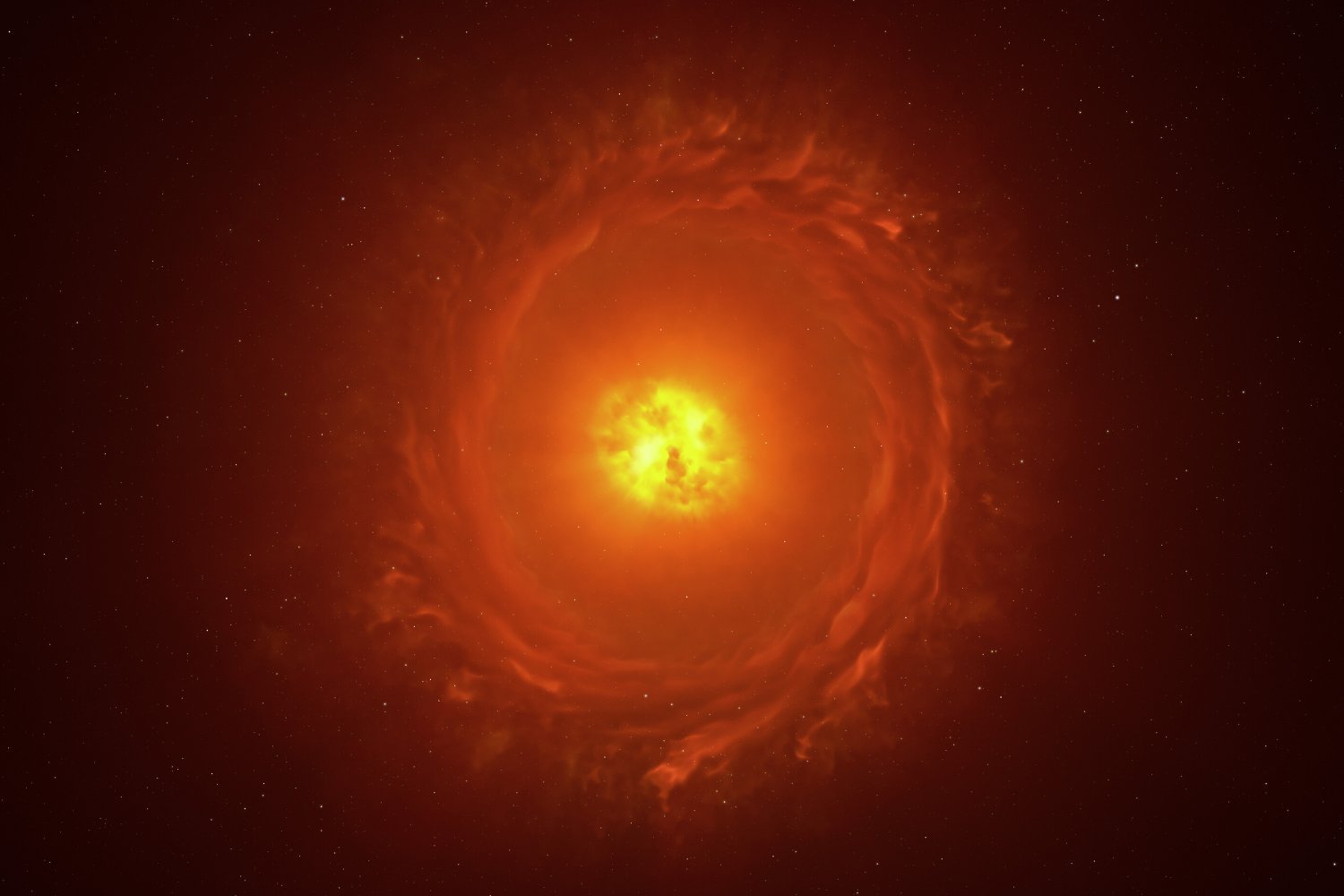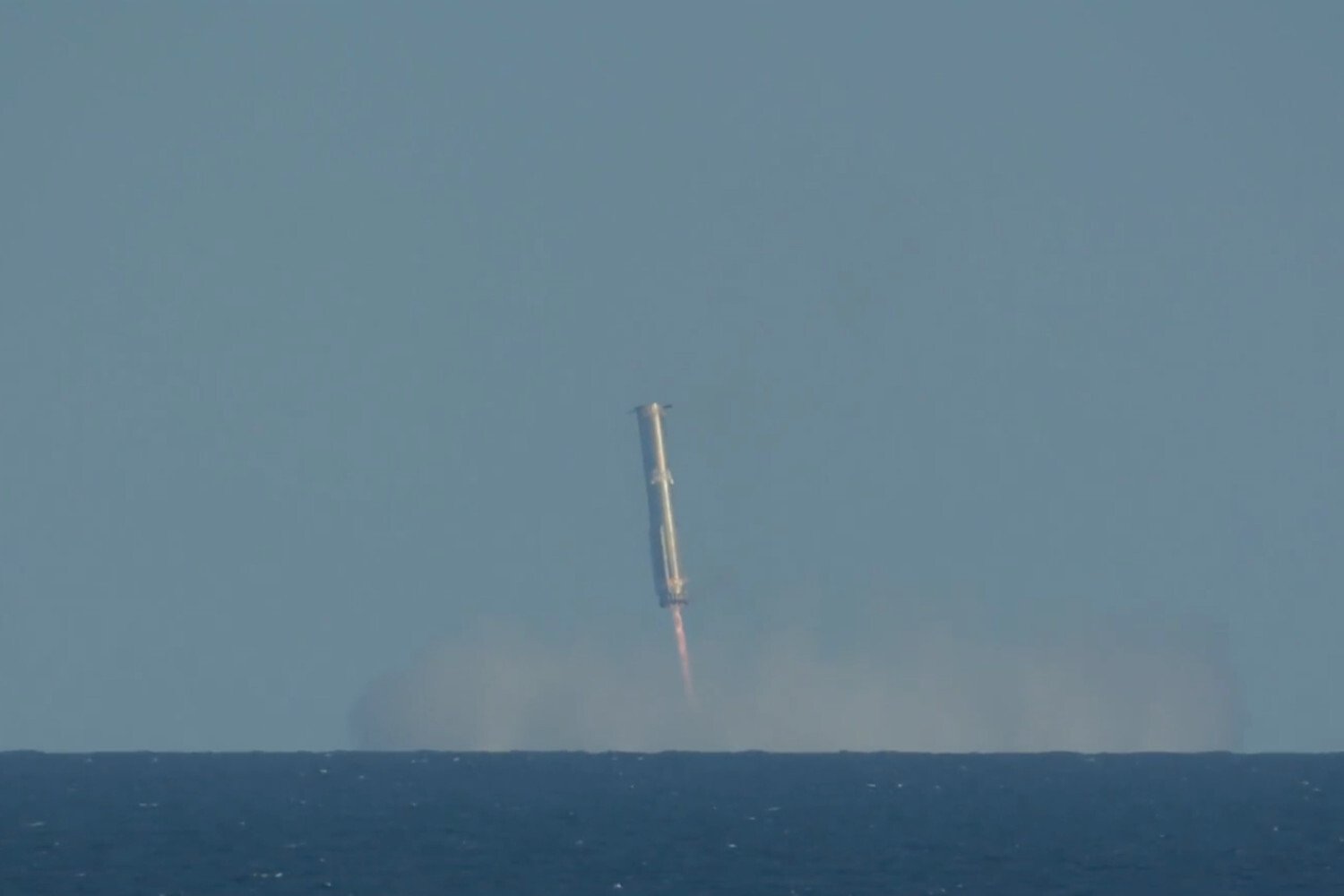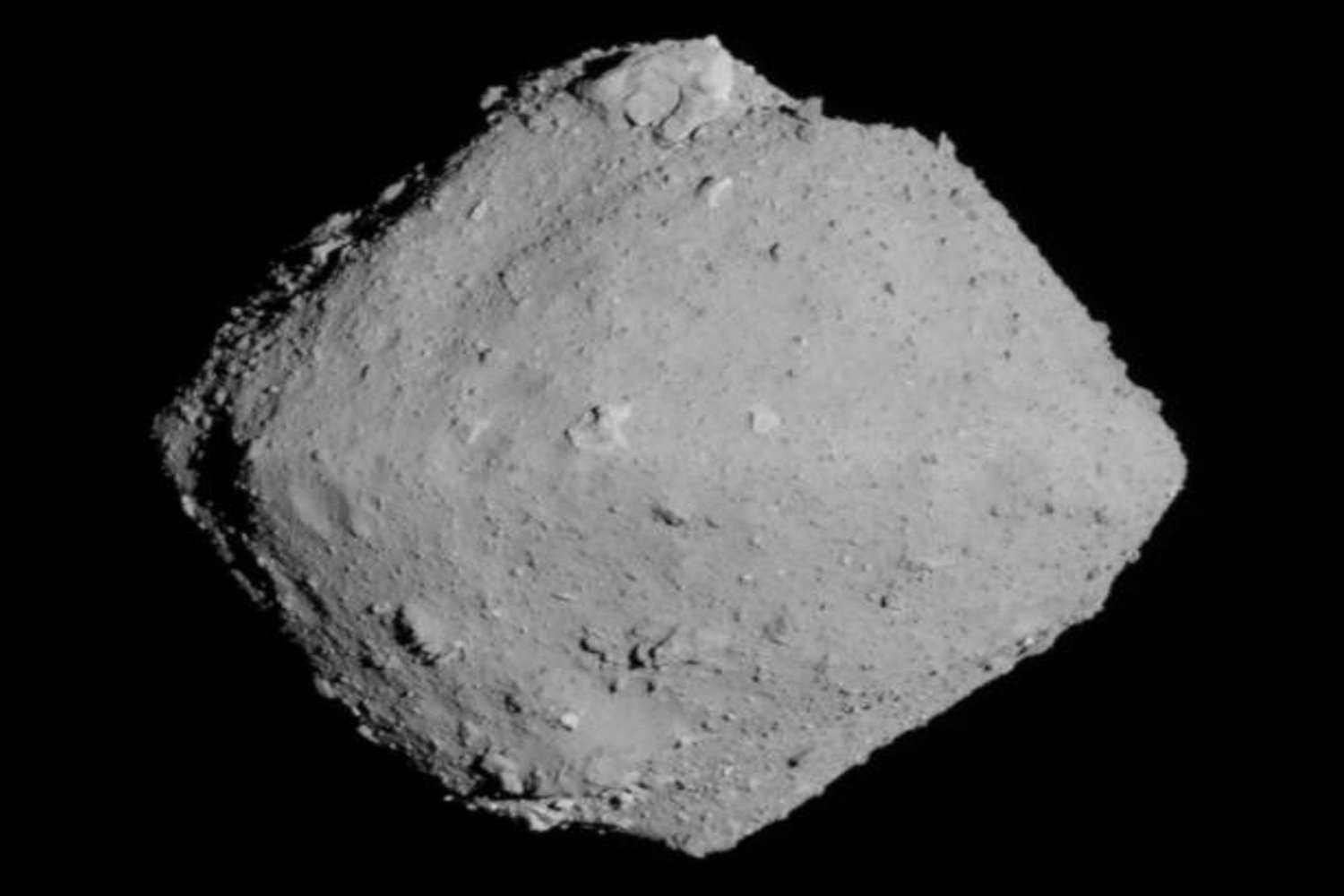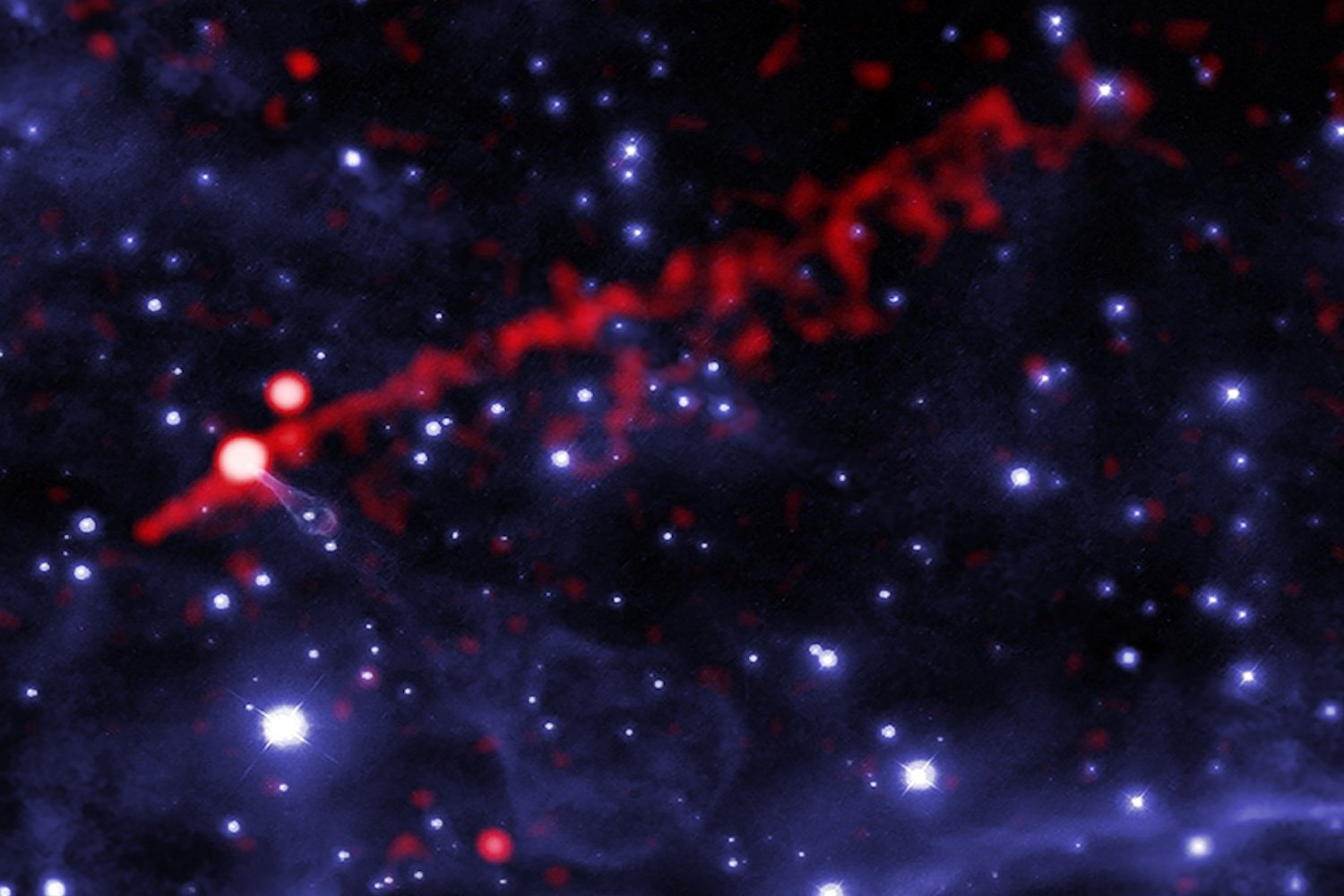160,000 light-years away in the Large Magellanic Cloud, a red supergiant star, WOH G64, roughly 2,000 times the diameter of our Sun, is nearing the end of its life. New, remarkably detailed images captured by the European Southern Observatory’s Very Large Telescope Interferometer (VLTI) offer an unprecedented glimpse into this dying star’s final stages, revealing its tumultuous activity and the complex structure surrounding it.
The images showcase the star’s expulsion of vast quantities of gas and dust, forming a distinctive cocoon-like structure. Observing this process provides crucial insights into the end stages of stellar evolution and the dynamics of the star’s system. WOH G64, located in the Large Magellanic Cloud, a dwarf galaxy hosting approximately 30 billion stars, belongs to the same class of red supergiants as the well-known Betelgeuse.
As WOH G64 sheds its outer layers, the ejected gas and dust have coalesced into a surrounding cocoon, appearing in the image as a thin, elliptical ring. The team’s findings, based on analysis of the VLTI data, were recently published in Astronomy & Astrophysics.
Imaging a Dying Star Beyond Our Galaxy
“This is the first time we’ve been able to capture such a detailed image of a dying star outside our own galaxy,” explained Keiichi Ohnaka, an astrophysicist at Chile’s Universidad Andrés Bello and lead author of the research. “The image reveals an egg-shaped cocoon enshrouding the star, surrounded by a ring structure. This clearly indicates the star is ejecting substantial amounts of material.”
WOH G64 was selected for this study for several compelling reasons. Its rapid expulsion of material provides a unique opportunity to study the dynamics of a dying star poised to go supernova, culminating in a spectacular explosion that will scatter its elements across the universe. Furthermore, the precise knowledge of WOH G64’s distance allows for accurate calculations of the star’s mass and energy output.
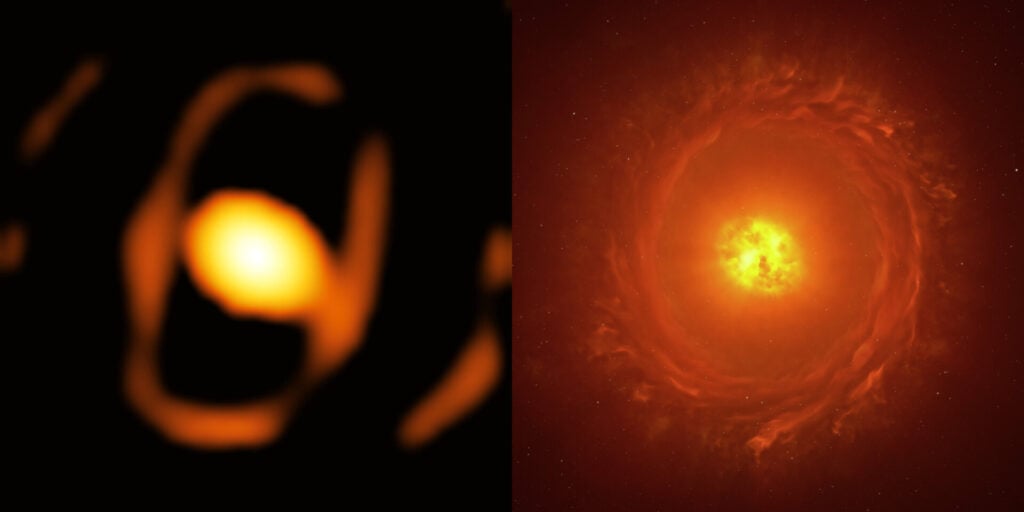 Left: An image of WOH G64 Right: An illustration of the star and its surrounding cocoon-like material.
Left: An image of WOH G64 Right: An illustration of the star and its surrounding cocoon-like material.
“WOH G64 represents an extreme example of its kind, and any significant change could bring it closer to its explosive demise,” noted co-author Jacco van Loon, the director of Keele University’s Observatory.
Unveiling the Dusty Torus and Future Observations
“Previous measurements hinted at the presence of a dusty torus surrounding the star, but these new images provide the first direct visual confirmation, allowing us to model its shape and structure,” stated László Molnár, an astronomer at Hungary’s Konkoly Observatory. This detailed visualization is a crucial step in understanding the evolution of this supergiant.
Molnár, who recently co-authored research on Betelgeuse suggesting its unusual dimming patterns may be due to a smaller orbiting star, also noted, “The observed changes in the data and the overall brightness of WOH G64 over time are intriguing. However, the limited available data constrains the conclusions we can draw.” He anticipates that the upcoming 10-year survey by the Rubin Observatory will significantly enhance our understanding.
The research team plans to capture even more detailed images of WOH G64 at longer wavelengths. This could reveal more of the ejected material, potentially visualizing the ring-shaped ejecta depicted in the illustration.
A Glimpse into a Distant Star’s Demise
Until then, this somewhat blurry, yet captivating, image of the red supergiant provides a remarkable glimpse into the dramatic end stages of a distant star’s life. It’s a testament to the power of modern telescopes to reveal such detail from across vast cosmic distances.



